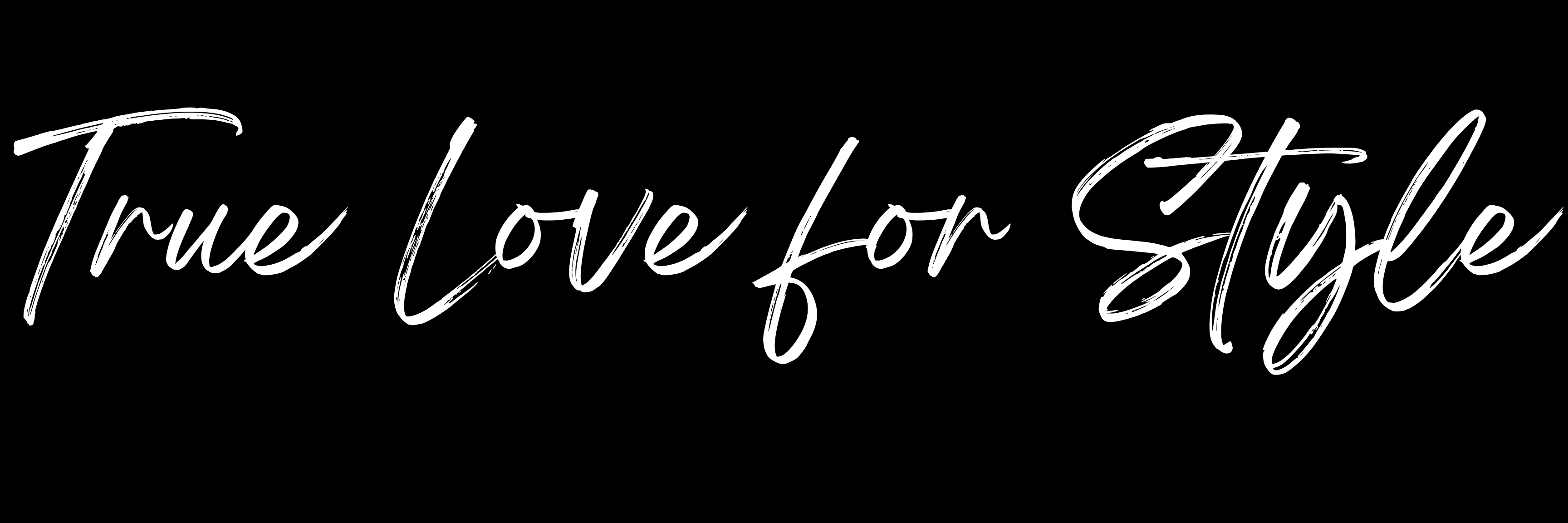
7 minutes, 19 seconds
-3.3K Views 0 Comments 1 Like

Fashion photography is important in global fashion culture because it allows designers to reach a larger audience with their creations. It is a vibrant industry with beautiful models and products that can entice customers.
Now, because fashion photography must make an impression on its viewers, the photos must be flawless and not just raw studio images.
As a result, as a fashion photographer, you must understand how to retouch and manipulate your images to beautify and make them appealing.
Fashion photo retouching allows you to achieve the desired effect in an image and to clean up details that may have been missed during a photoshoot. However, the process does necessitate a proper approach, as well as proficiency in high-end technologies and the most recent photo editing tools.
In reality, many fashion photographers, particularly beginners, are unfamiliar with the technicalities of image retouching, so they must rely on photo editors and lose creative control.
This is why image retouching is such an important part of fashion photography, and to retouch photos aesthetically and accurately, you must first learn some time-tested pro techniques.
Your images should not appear unrealistic, plastic, or fake after retouching. For example, in your photos, the model's skin must appear flawless yet natural, and sometimes going overboard with retouching is necessary to achieve that flawlessness.
To create perfect and natural skin tones that are neither unrealistic nor dull, you must first understand the subject's skin and then use the appropriate image-retouching tools.
Removing digital noise from a picture is a one-of-a-kind process that smoothens the image by comparing the values of adjacent pixels. It essentially removes any distortions that cause images to appear grainy or pixelated.
Although noise is not a major issue, it does make retouching difficult when the photograph is taken in low light. To reduce noise, try using noise filters, surface blurs, or ISO settings of 100, 200, 400, and 800.
Because having a perfect white smile is a sign of beauty, teeth enhancement is an important part of retouching fashion photos. Unfortunately, not everyone has pearly whites.
Remember that you do not need to make the teeth glow or sparkle; a natural white color will suffice. To change the brightness, check the color of the teeth and adjust the saturation of reds and yellows, then use the Brush tool to paint over the teeth for a perfect finish.
During fashion retouching, it is critical to remove flyaway hair and fill in empty spots to help the image reach perfection. If you come across any flyaway hairs, use the feathering and contrast sliders in the healing brush to remove them and change the selection edge from soft to sharp.
Also, try to make your hair look brighter and healthier to improve the overall quality of your photos.
Layers allow you to edit or retouch a photo without worrying about destroying the original copy. Layers allow you to save edits and make quick and easy corrections. You can also add or remove saved edits without affecting the rest of the image.
The Layers tool in your editing tool of choice will have various types of layers that you can apply to your photos.
With frequency separation, you can retouch the skin tone without affecting the photo's texture. The process separates high-frequency pixels from low-frequency pixels in images so that you can make changes to each of them individually.
You can save your edits and work on them separately using this method. However, because it can oversharpen the elements in your image, use this effect sparingly and in moderation.
The process of editing an image to neutralize and correct any differences in how the human eye sees things is known as color correction. When using this technique on your photos, make an effort to match the colors between each shot so that they are unified.
To color correct a photograph, you can change minor details such as exposure, contrast, and white balance to ensure that important hues such as skin tones are accurately represented.
Retouching eyes is a difficult but necessary part of creating professional fashion photos. When retouching your model's eyes, you will be enhancing the shadows, removing red-eye, changing the color of the iris, and removing redness/extra veins.
You can also try to add some contrast and brightness to the pupils to draw the attention of your viewers.
The Healing Brush is a tool for repairing any flaws in an image by painting with a sample or pattern. It allows you to choose your source points to remove even the smallest inconsistencies on the skin or distracting background elements.
Dodging and burning help you shape the light as needed for the image; the former reduces exposure for areas the photographer wants to be lighter, while the latter increases exposure for areas you want to be darker.
It can help you enhance the subject, even out skin tones, and darken/lighten one side of the image.


